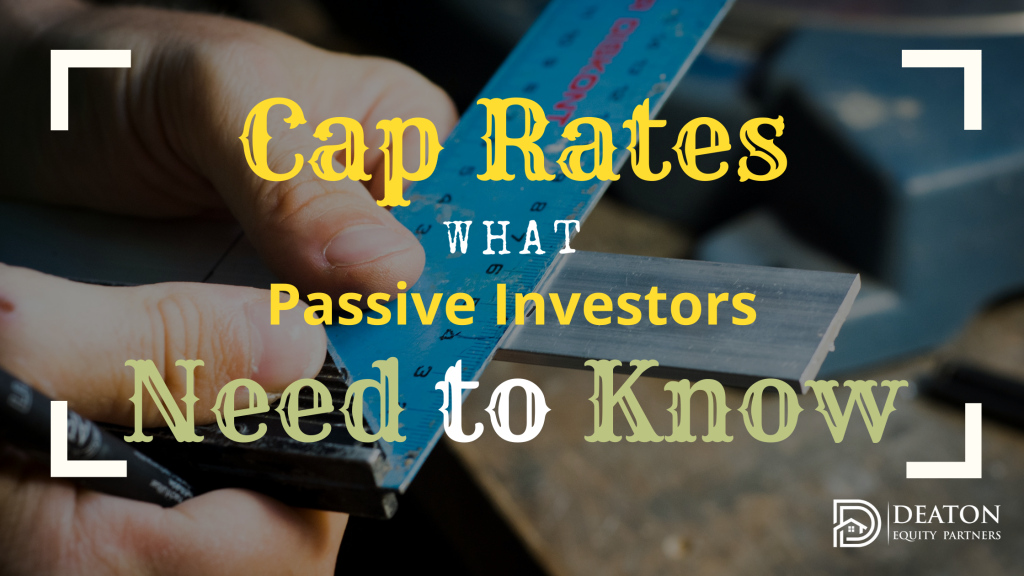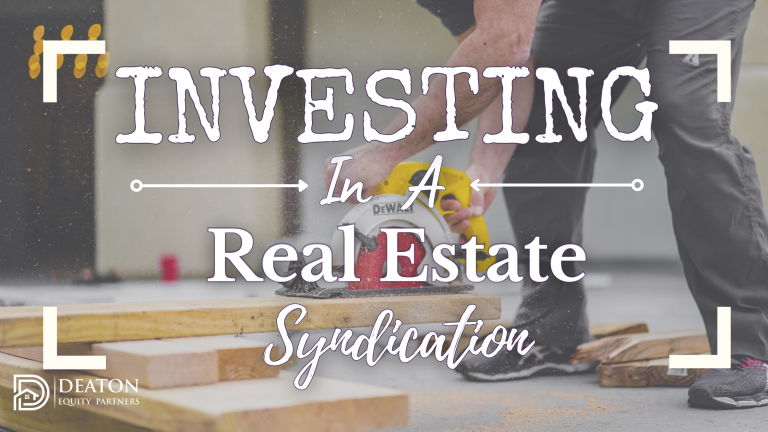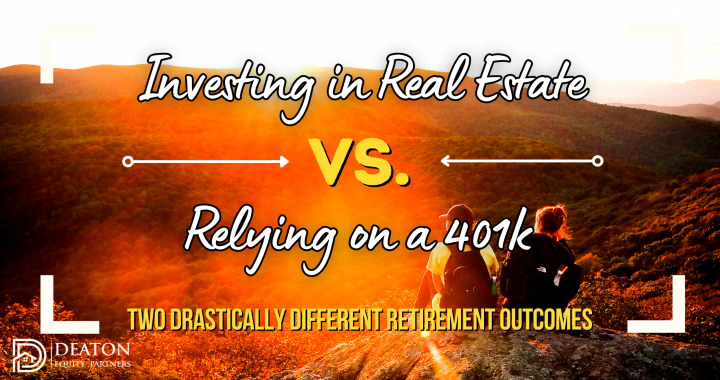The order in which distributions are paid in a real estate syndication investment is called the capital stack, and your clarity on this concept is critical because it’s important for you to know where you fall in order of priority for returns as they get paid out. If you invest at a Class B level and Preferred, Class A investors receive distributions first, you want to know why, don’t you?
Understanding the waterfall effect in which returns are paid in a real estate syndication will also allow you to select real estate investment syndication deals in which the capital stack is favorable toward your investing goals. Your knowledge of the risk and priority at each tier is a vital piece of knowing why and when you’ll receive distributions.
Here I’ll share what the capital stack is, why it’s essential, and how it impacts you.
To achieve your investing goals, it’s critical that you know the different ways an investment will pay out different classes of investors.
The Waterfall
The way the capital stack works is called a waterfall. Imagine a list of everyone participating in the deal with the debt and equity partners categorized into groups – with those with the lowest returns and the highest risk at the top. When cashflow is available to pay out, it gets distributed like a waterfall, starting with those at the top and trickling down to those with higher returns and lower risk toward the bottom.
A waterfall structure is outlined in each deals’ PPM (Private Placement Memorandum) at the beginning of a deal. It explains who, how, and when each partner, whether general or limited, gets paid during the real estate syndication deal.
Some investor classes receive only cashflow, while others participate in cashflow distributions and capital returns profits when the property is refinanced or sold. So, before you invest, you want to understand where your potential investment class is positioned in the waterfall structure and to know which payout types apply to you and how they contribute toward your financial goals.
- Are you solely focused on creating passive income in the form of monthly or quarterly cashflow?
- Are you mostly interested in appreciation on the property and “winning big” at the sale of the property?
- Are you desiring a mix of both – a little support in the cashflow department plus some longer-term gains?
As we explore the types of waterfall structures and capital stack styles, keep in mind that any common equity or preferred equity partner is not in a position of debt. Also, cashflow distributions are always paid out to partners after the expenses, fees, and debt are paid on the property.
The Impact
The capital stack affects investors in three main ways:
- Cash on cash
- IRR (Internal Rate of Return / Yield)
- Velocity
Cash on cash returns are the before-tax earnings an investor makes on their invested capital, also referred to as cashflow or distributions. If you’re in the preferred tier, you may have more significant cash on cash returns because preferred investors have a higher priority, thus get paid first within the pool of investors.
IRR refers to the Internal Rate of Return and is a metric used to measure the deal’s profitability (cash and equity) over time. It’s a handy way of calculating your return on an investment while accounting for the time value of money, a concept that the value of money is different over time – a dollar today is worth more than a dollar in 10 years.
Velocity is your ability to invest in more deals at a faster rate. As an example, when a deal gets refinanced, you may get some capital back if you’re participating in a capital returns position (not everyone gets their capital back – more on that in a minute). You can take that returned capital and invest in another project. This way, you’re effectively getting returns on two real estate syndication deals when maybe you only had enough for a single deal to begin with.
Now consider that you would have a clear idea about each of these concepts and how each position in the waterfall or capital stack impacts each class. In that case, you’re able to make better investment decisions to support your personal financial goals and achieve them faster.
The Capital Stack
As an investor, you always want to do your own research on the property, vet the sponsor team, and you definitely want to know who gets paid what, and when each payout is supposed to happen. It’s nice to know what to expect and be utterly comfortable upfront so there’s no confusion as to when you’re getting paid, right?
Well, the capital stack in a real estate syndication investment is where debt and equity partners are ranked in order based on an inverse relationship between risk and priority. The highest priority, lowest risk partners are toward the top of the capital stack, while the lower priority, higher-risk partners are toward the bottom.
At the top, you’ll always have what we call Senior Debt. This includes mortgages and loans to finance the property. Just as you’d never miss a house payment, the senior debt is the highest priority, and they get paid first. Mortgage-type loans typically have a meager rate of return (2-4% for the past several years) in exchange for being top priority.
Next, there are second-level, mezzanine-type loans like second mortgages and bridge loans. These are also debt positions and are ranked as a higher priority and lower risk than our limited and general partner investors.
Continuing down the waterfall, you’ll see preferred equity (limited) partners come next. They are prioritized after debt payments but before the general partners. After the property mortgage, expenses, and fees are paid, preferred investors have “dibs” on distributable cashflow. There may be a higher investment required at this tier, and there are limited positions available at this level. Still, preferred investors often have a higher projected cashflow than other investors down the waterfall.
Following the Preferred Equity Partners are the Common Equity (general) partners. This tier comes with the highest risk and the lowest priority. These investors are likely participating in capital returns and cashflow distributions but fall after the preferred level, typically with a split of earnings up to a certain percentage of cashflow.
There are two main types of capital stacks – single and dual-tier. Just as you might imagine, the dual-stack is a little more complicated.
Single-Tier Stack
In a typical single-tier stack, Senior Debt is at the top, carrying the lowest risk and ranking highest in priority. A great example of this is a mortgage at an approximate ~70% loan-to-value ratio.
Then you’ll see the Common Equity – Class A preferred return below the senior debt carrying a little higher risk and a slightly less priority. This would likely be the limited partnership level in a single stack, which might be earning a 7-8% preferred return with a 70/30 split beyond that. These limited partners (you) are likely participating in capital returns and would receive a portion of the profit after the sale too.
The last level in a single-tier stack is Common Equity – Class B. These are likely the general investors who carry the most risk and are last on the priority list. They have no preferred return and only receive their 30% split of the 70/30 distributions if the property cashflows greater than the 7-8% preferred that the Class A investors are projected to receive.
Dual-Tier Stack
The dual-tier stack is a little more complicated. Still, it’s becoming more popular because this waterfall structure can provide higher cashflow to class A investors with the tradeoff that Class A are not participating in capital returns.
First up again is the Senior Debt and includes any mortgages or loans on the property. After this is where it gets fun!
Next, there’s a Preferred Equity – Class A level. This group receives projected cashflow at a preferred return only. This might be 9-10%, for example, with no payouts beyond that and no capital return. This is perfect for investors who are only looking for consistent cashflow distributions. One caveat might be that this Class A Preferred Equity status likely comes with a more considerable up-front investment with limited shares available. For example, less than 30% of the deals’ shares might be available for a minimum $100,000 capital investment.
After the Class A level, you have the Common Equity – Class B investment level, which may include preferred returns, splits beyond the preferred percentage, and capital returns participation. For example, maybe a $50,000 capital investment would earn a projected ~ 7% preferred return, 70% of the 70/30 split, and capital returns at the sale.
Trickling down the waterfall, the last level would be the Common Equity – Class C. These investors carry the highest risk and the lowest returns because they receive cashflow after other tiers. An example of payout at this level might look like 30% of the 70/30 split and capital returns after the sale in exchange for a $50,000 investment.
Conclusion
As always, the capital stack and the waterfall schedule are outlined in the PPM (private placement memorandum) and are available to you as a potential investor before you commit to the deal. But, the PPM details might seem like gibberish if you aren’t clear on the capital stack, how it works, or where you fall in priority for distributions.
Now that you have a solid explanation and a few examples, your confidence in reading any PPM and selecting a real estate syndication deal that is in alignment with your investing goals will skyrocket!
I’d love to share upcoming deals with you, but first we need to talk so I can hear about your investing goals and help you determine capital stacks that will be favorable for you. I have a couple deals in mind with different tier structures and would be happy to help direct you toward the one that will move you toward your goals more efficiently.
SIgn up today at our Passive Income Investors Group to get the “inside scoop” on our past and upcoming deals. Once you apply to join the club, I’ll get on a call with you so we can see if we’re a good fit to invest alongside each other on any future real estate syndication deals! I can’t wait! I absolutely love helping investors like you create Passive Income…for life!




















